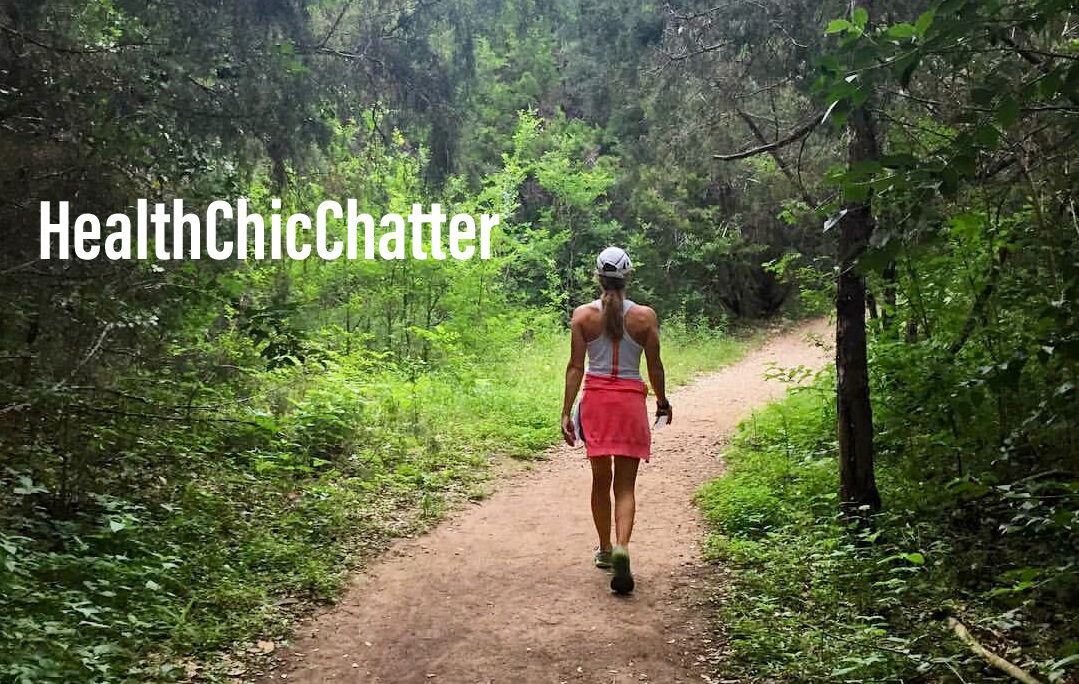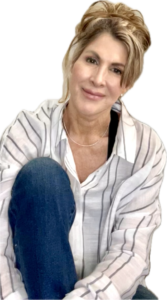Ever wonder how much energy you burn outside of the gym? It all comes down to “NEAT” or Non-Exercise Activity Thermogenesis — the fancy way of saying calories burned through everyday activities. From walking the dog to cleaning the house, even minor movements add up throughout the day and contribute to your overall calorie expenditure.
Why is NEAT important?
Desk jockeys, listen up …you might think that gym time is enough, but neglecting movement throughout the day can hinder your progress. Here’s where NEAT comes in. By staying active during your daily routine, you can unlock a treasure trove of health benefits:
- Burn more calories, all day long: Forget the all-or-nothing mindset. Every step, fidget, and chore adds up to a significant calorie burn, even outside of the gym.
- Boost your overall health: NEAT isn’t just about aesthetics. It can contribute to better blood sugar control, a healthier heart, and easier weight management.
How to boost your NEAT:
The good news is, NEAT is everywhere! Here are some ideas to get you moving more:
- Take the stairs: Ditch the elevator for a quick leg workout.
- Park further away: Add a few extra steps to your errands.
- Pace while on the phone: Turn those phone calls into mini walking breaks.
- Fidget freely: Don’t be afraid to tap your foot or drum your fingers – it all adds up!
- Stand up and move: Consider a standing desk or take short walking breaks throughout the workday.
- Embrace daily activities: Cleaning, gardening, and playing with your kids are all NEAT opportunities.
Measuring NEAT:
While a “dressed up step count” isn’t the most precise method, aiming for 8,000-10,000 steps daily is a good starting point to track your NEAT activity.
Remember: Small steps = big results! Even simple movement boosts your body’s daily calorie burn, making you healthier.
Want more? Check out this NCBI research of this ISSA article on the subject!
You got this.
(Walk me!)


